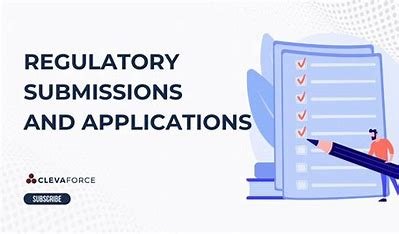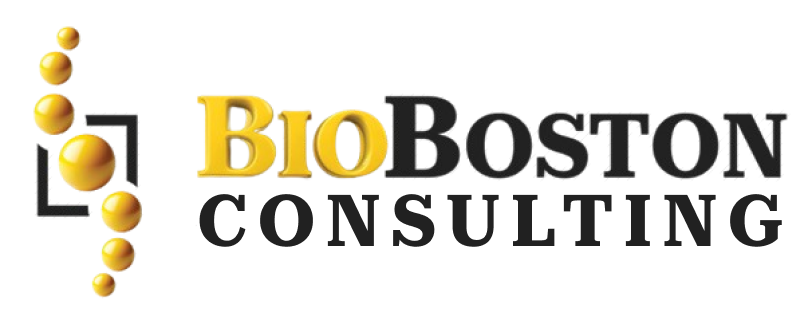Discover essential tips for navigating FDA regulatory submissions. Learn about the submission process, compliance requirements, and expert guidance to enhance your chances of success. Contact BioBoston Consulting for tailored support.
The FDA Regulatory Submission Process Explained
Before diving into this deeper, first consider the process of FDA regulatory submissions as a whole:
Form-filing: Creating or filling-out all necessary forms and collecting information.
Action: Sending the application or dossier to the FDA.
FDA Review: The FDA reviews the submission in detail.
Feedback and Communication: FDA may provide feedback or ask for more information.
Acceptance or Rejection: Here, the FDA takes a decision for acceptance or rejection.
Forms of FDA Regulatory Submissions
New Drug Application (NDA): This is necessary for any new pharmaceutical to be approved.
Biologics License Application(BLA): Same as NDA but for biologics.
Abbreviated New Drug Application (ANDA): Applicable to approval of generic drugs.
IND Submission: Mandatory for clinical trials
510(k) clearance (for medical devices).
Steps for FDA Submission:
1: Thorough Preparation
Preparation is the first step toward a successful FDA submission. Key steps include:
Data Collection: Acquire complete data in terms of product safety, efficacy, and quality.
Organization of Documentation based on FDA mandated requirements.
Regulatory: Create a well thought-through regulatory strategy in line with FDA guidelines.
2: Regulatory Compliance
FDA compliance safely:
Manufacture in cGMP (Current Good Manufacturing Practices) — follow guidelines for cGMP manufacturing.
GLP (Good Laboratory Practices): Follow GLP standards for all pre-clinical and clinical studies.
Clinical Trial Design: Develop a clinical trial design that complies with FDA requirements for the collection and reporting of data.
3: Submission Timelines
Meeting the submission deadlines to prevent delay
Electronic submission: Electronic submissions should be made through the FDA’s Electronic Submissions Gateway (ESG).
Respond when needed: Reply as soon as you can to anything the FDA requests in addition or is curious about.
Format for Submission: Prepare in accordance with the format and labeling requirements of FDA.
4: Communication
Keep the Agency Informed and Up to Date.
Pre-submission Meetings: Think about requesting pre-submission meetings with the FDA to obtain input.
Respond to FDA comments: Address any feedback or questions from the FDA during their review.
5: Expert Guidance
Use qualified professionals to navigate the nuances:
Regulatory Consultants: Make sure compliance is followed and discuss the strategy with regulatory experts and FDA Experienced Legal Counsel
Conclusion
Navigating the FDA regulatory submission process is a complex undertaking that requires strategic planning, compliance with regulations, and transparency.
This works by careful plan development, rigorous knowledge of FDA requirements and partnership with a regulatory expert.
By introducing the ISO 13485 and FDA, quality and regulatory consulting services have become a widely-searched online phenomenon.
We specialize to help smooth your process, improve your compliance and re-enforce your odds of FDA approval.
We will guide you through the FDA regulatory submission process so that your products are safe and effective.
Reach out to BioBoston Consulting today or go to our website for ways we can assist your organization.


